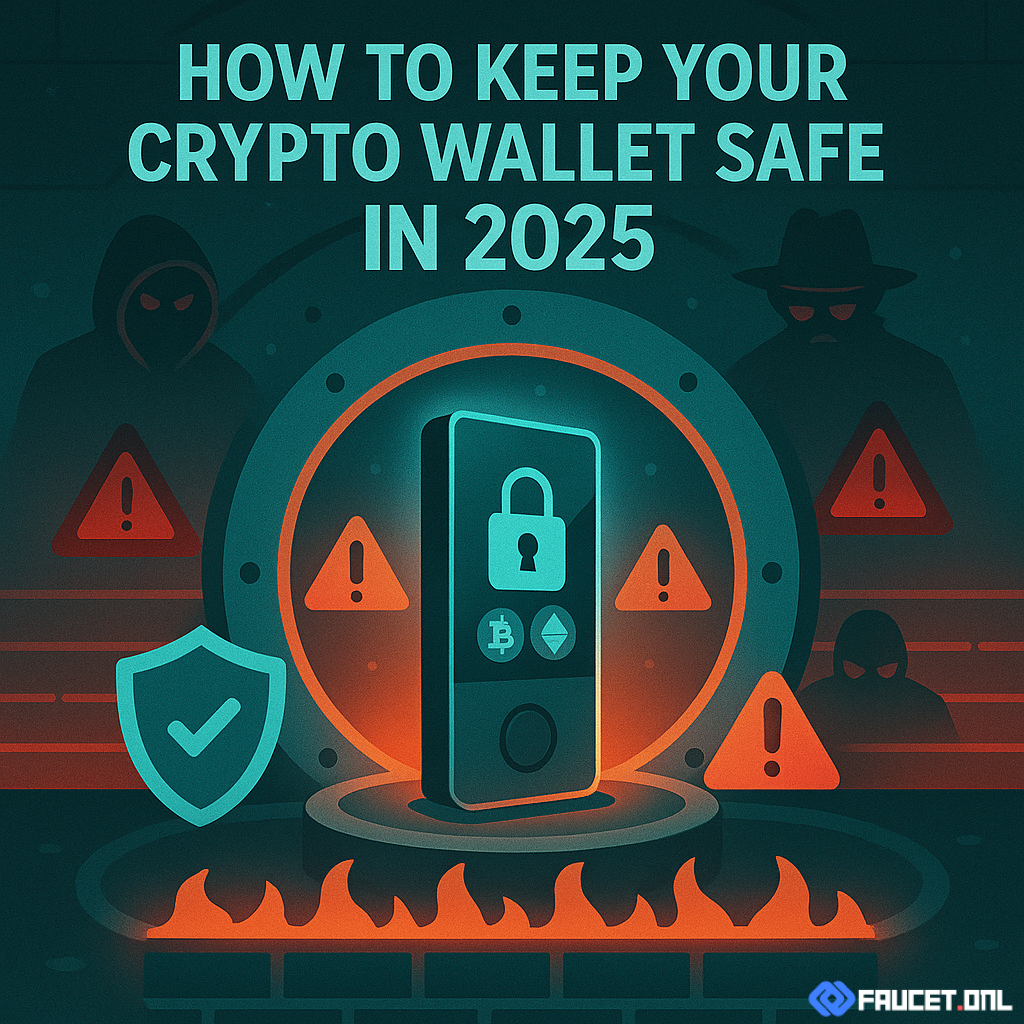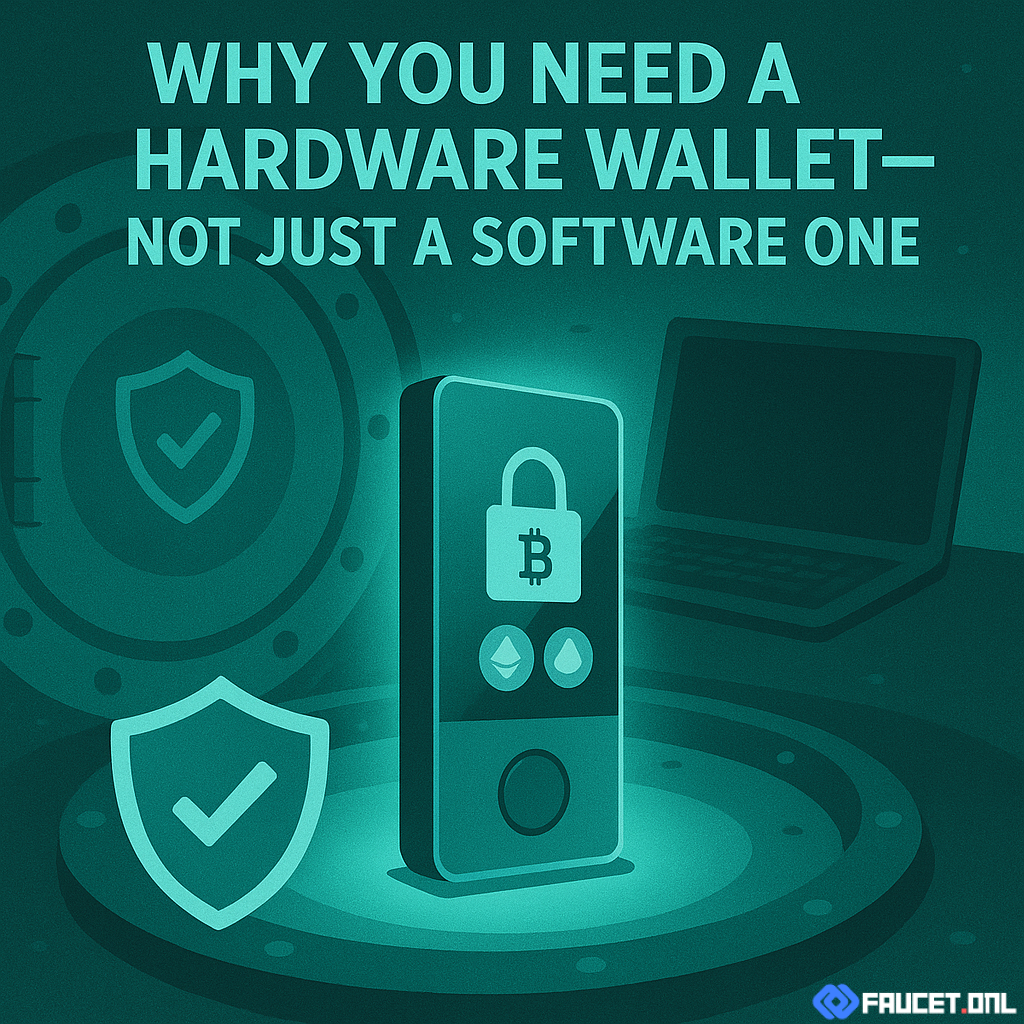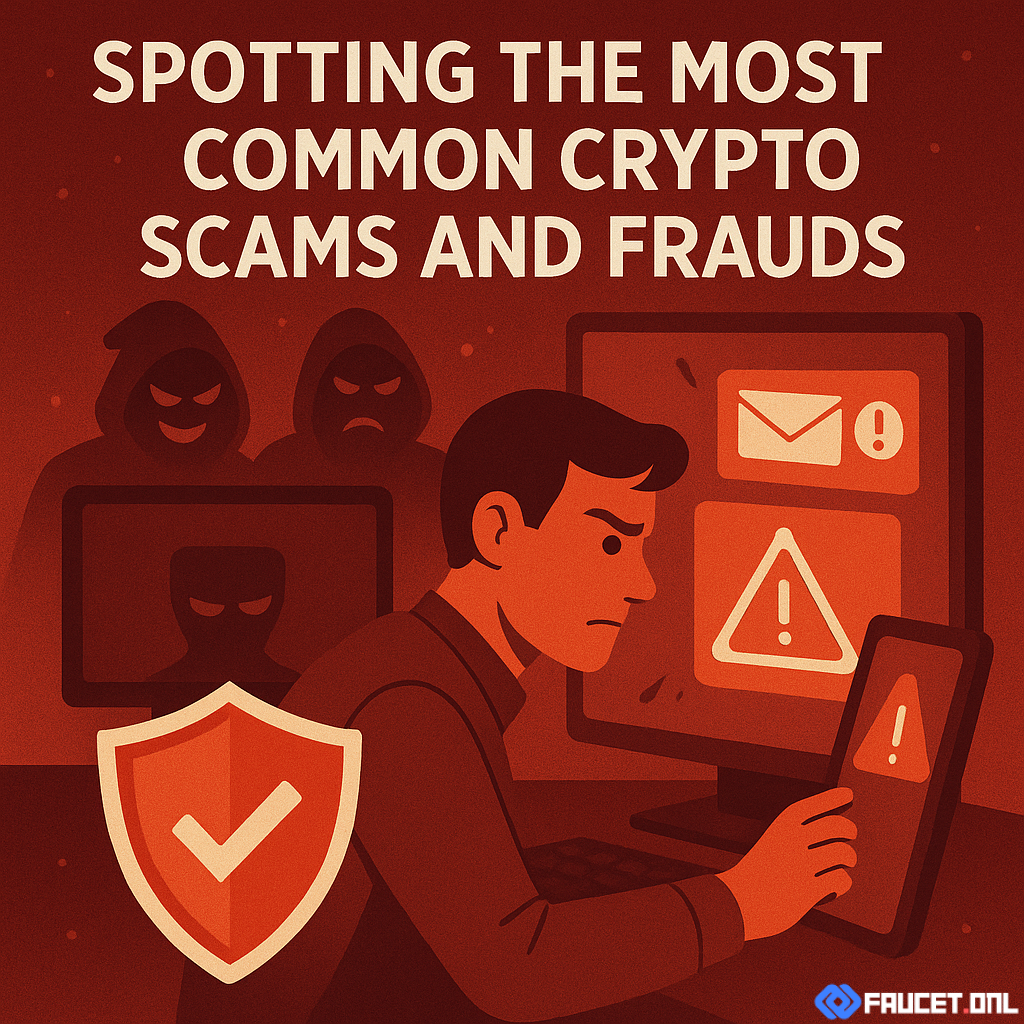Why Crypto Wallet Security Matters More Than Ever
Digital currencies remain a prime target for cybercriminals, and the stakes are higher than ever in 2025. The value of crypto assets continues to climb, drawing in both investors and bad actors alike. Unlike traditional banks, your wallet is your sole point of access and control—lose it, and your funds could be gone for good. Centralized exchanges and wallet services are regularly targeted, and vulnerabilities in personal devices can open the door to disaster. With regulations evolving and new compliance standards, failing to secure your wallet could also mean missing out on trading or facing frozen assets. In short, your wallet’s security is non-negotiable if you want to remain in control of your financial future.
Essential Steps to Secure Your Crypto Wallet
There’s no silver bullet for wallet security, but combining multiple strategies dramatically reduces your risk. Start with these non-negotiables:
- Enable Two-Factor Authentication (2FA): Always use 2FA on exchanges, wallet apps, and related services. Opt for authenticator apps rather than SMS codes, which are vulnerable to SIM swapping.
- Use a Hardware Wallet: Store significant holdings offline with a reputable hardware wallet, which keeps private keys out of reach from malware and hackers.
- Backup Seed Phrases Securely: Write your recovery phrase on paper or engrave it on metal, never store it digitally. Keep backups in at least two separate, safe locations.
- Keep Software Updated: Always update wallet apps, device firmware, and antivirus software. Patches fix security holes that attackers love to exploit.
- Use Unique, Strong Passwords: Each crypto service should have its own long, random password. Consider a password manager, but make sure it’s from a reputable provider and is secured itself.
- Be Wary of Public Wi-Fi: Never access your wallet from unsecured or public networks unless using a trusted VPN.
Common Threats to Watch Out For
Cyber threats change constantly, but several remain persistent in 2025. Stay alert for:
- Phishing Attacks: Fake emails, websites, or DMs mimicking legitimate platforms can steal your credentials or trick you into sending funds.
- Malware & Keyloggers: Malicious software may log your keystrokes or extract wallet data. This often comes from shady downloads or infected browser plugins.
- SIM Swapping: Attackers hijack your phone number to intercept 2FA codes or reset account passwords.
- Fake Wallets & Apps: Malicious apps can mimic popular wallets and steal your keys. Only download from verified sources and double-check publisher information.
- Social Engineering: Scammers may impersonate support staff, friends, or influencers to gain your trust and trick you into sharing sensitive information.
- Physical Theft: Hardware wallets, backup seeds, or even the devices you use can be stolen if left unsecured.
Recovery Options: What If the Worst Happens?
Even the most careful users can fall victim to sophisticated attacks. Recovery options depend on how you’ve set up your wallet:
- Seed Phrase Recovery: If you lose access to your wallet but have your backup phrase, you can restore your funds on any compatible wallet app or device.
- Exchange Support: If funds were lost on a centralized exchange, contact support immediately. While recovery isn’t guaranteed, some exchanges have procedures for stolen accounts if you act fast.
- Legal Action: In cases of large thefts or targeted attacks, filing a police report may help—especially as law enforcement and blockchain analytics improve.
- Community Alerts: Warn your network if your accounts or wallet have been compromised to prevent further losses or social engineering attempts.
Staying Safe: Best Practices for 2025 and Beyond
A security mindset is the most powerful tool you have. Here’s how to stay safe day to day:
- Question every message or email—never click on suspicious links or attachments.
- Regularly review your wallet activity for unauthorized access or unknown transactions.
- Store only the amount you need in hot wallets; keep the rest in cold storage.
- Educate yourself and your network—share the latest scams and security alerts.
- Consider using multisig wallets for large balances or shared accounts for extra protection.
- Review and refresh your security setup every few months to adapt to new threats.
Conclusion
The landscape of crypto security in 2025 is more challenging and fast-paced than ever before. By understanding the risks, acting on best practices, and maintaining a healthy skepticism, you can safeguard your assets and peace of mind. Protecting your wallet isn’t just a technical challenge—it’s a mindset. Stay vigilant, stay educated, and keep your crypto journey secure.



